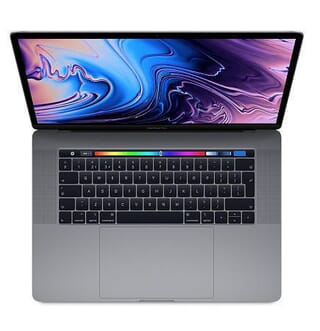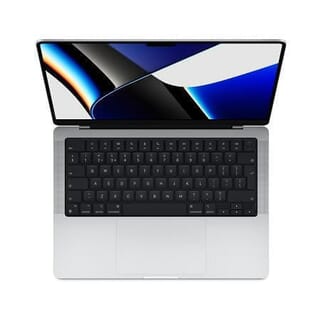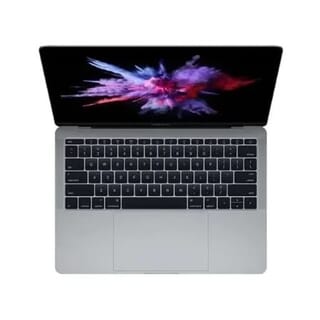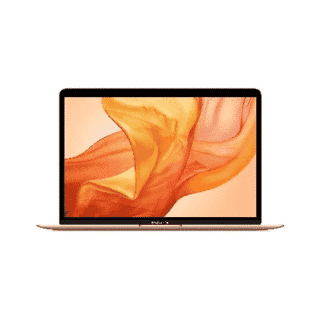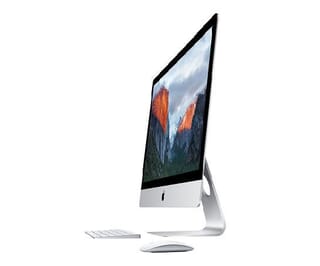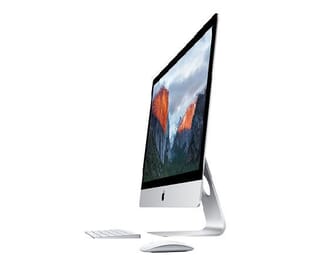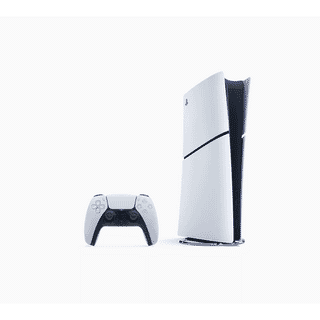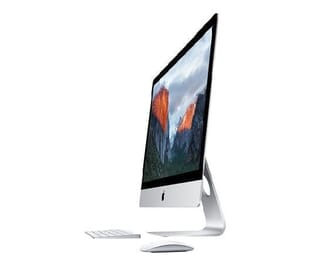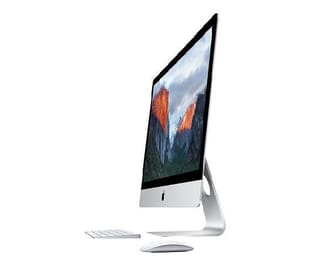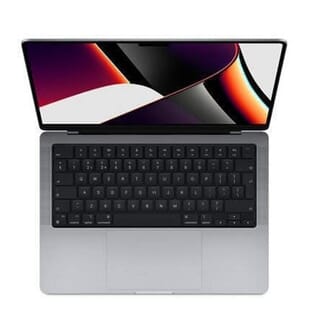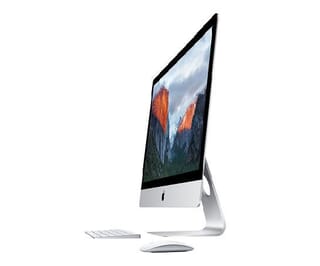
Apple Inc. is renowned for its innovative technology and sleek, minimalist design. Over the years, Apple products have undergone significant cosmetic changes, reflecting advancements in technology, shifts in consumer preferences, and the company’s commitment to design excellence. Let’s take a look at how some of Apple’s most iconic products have evolved over time.
The Macintosh (1984)
The original Macintosh, released in 1984, was a groundbreaking product with its all-in-one design. It featured a beige plastic case, a built-in screen, and a mouse, which was a novelty at the time. The Macintosh set the standard for personal computer design and introduced the world to Apple’s design philosophy of simplicity and elegance.
The iMac (1998)
In 1998, Apple introduced the iMac G3, which marked a significant departure from the beige boxes of the past. The iMac G3 came in a range of vibrant colors and had a translucent plastic case, making it a design icon of the late 1990s. This bold design choice helped Apple stand out in a crowded market and signaled the company’s return to innovation under Steve Jobs.
The iPod (2001)
The first iPod, released in 2001, was a small, white device with a simple interface and a mechanical scroll wheel. Over the years, the iPod evolved into various forms, including the iPod Mini, iPod Nano, and iPod Touch. Each iteration became slimmer, more colorful, and more feature-rich, reflecting advancements in technology and changing consumer tastes.
The iPhone (2007)
The original iPhone, launched in 2007, revolutionized the smartphone industry with its sleek design and touch interface. It featured a black or white plastic back and a metal frame. Subsequent models, such as the iPhone 4, introduced a glass back and stainless steel frame, while the iPhone 5 brought an aluminum body. The iPhone X, released in 2017, eliminated the home button and introduced a nearly bezel-less design, setting the standard for modern smartphones.
The MacBook (2006)
Apple’s MacBook line has also seen significant cosmetic changes. The original MacBook, released in 2006, featured a white or black plastic case. In 2008, Apple introduced the MacBook Air, which was the thinnest laptop at the time and featured an aluminum unibody design. The MacBook Pro line has continued to evolve, with the latest models featuring a sleek, minimalist design, thinner bezels, and advanced materials like recycled aluminum.
The Apple Watch (2015)
The Apple Watch, introduced in 2015, brought Apple’s design philosophy to wearable technology. The original model featured a rectangular face with rounded edges and interchangeable bands. Over the years, the Apple Watch has become slimmer and more customizable, with a variety of case materials, colors, and band options to suit different styles and preferences.
Refurbished MacBooks and iMacs
For those looking to purchase Apple products at a more affordable price, refurbished MacBooks and iMacs are a great option. Websites like Tech.Trade offer a wide range of refurbished Apple products that have been tested and certified to ensure they meet high standards of quality and performance. Buying refurbished not only saves money but also contributes to reducing electronic waste, making it an environmentally friendly choice.
Apple’s commitment to design excellence is evident in the cosmetic changes its products have undergone over time. From the colorful iMac G3 to the sleek iPhone X, each product reflects the company’s dedication to innovation, simplicity, and elegance. As technology continues to evolve, we can expect Apple to continue pushing the boundaries of design and setting new standards for the industry. Additionally, for those looking to purchase Apple products at a more affordable price, refurbished MacBooks and iMacs from Tech.Trade provide a reliable and cost-effective option.
-24125.png)

